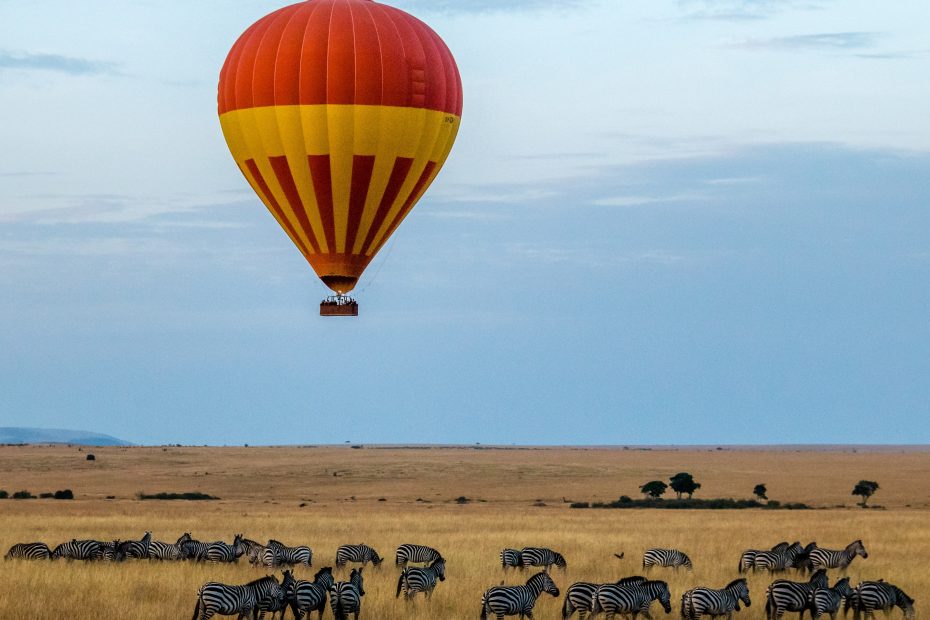Table of Contents
Introduction
Kenya is a beautiful East African nation known for its scenic landscapes and abundant wildlife. But beyond nature, Kenya has a vibrant and diverse cultural heritage that imbues the country with a rich history and identity. The Kenyan culture is an eclectic mix of over 40 different ethnic groups, each with their own unique traditions, languages, and customs. From food to art, architecture, language and religion, Kenya’s culture reflects the diversity of its people and creates a colorful mosaic that fascinates visitors. Join us as we explore some of the highlights of Kenya’s captivating cultural heritage.
Kenya’s Diverse Ethnic Groups
Kenya’s population of over 50 million is comprised of various Bantu and Nilotic ethnic groups. The Kikuyu are the largest group, followed by the Luhya, Luo, Kalenjin, Kamba and Meru. Each community has its own language and cultural practices. For instance, the Maasai people are renowned for their distinctive customs, dress, and nomadic pastoralist lifestyle. Their culture revolves around cattle rearing. Many ethnic groups have initiation rites marking the transition from childhood to adulthood. These diverse groups contribute to the rich social fabric of the Kenyan nation.
Vibrant Artistic Traditions
Kenya has a pulsating arts scene that expresses the experiences and perspectives of its people. The music ranges from the upbeat, rhythmic benga style to the popular genge and hip hop. Traditional dance styles like the energetic chakacha and the mucung’wa acrobatic dance are also widely practiced. Kenyan craftsmanship shines through handicrafts like the handwoven kiondo baskets made by the Kikuyu and the colorful cotton kikoi wraps crafted on the coast. These art forms showcase the innovation and skill of the local artisans.
Cuisine
Kenyan cuisine incorporates indigenous food customs along with influences from Arab, Indian, and European settlers. Staples like ugali (maize porridge), sukuma wiki (braised kale) and nyama choma (grilled meat) are national favorites. Each region boasts its own distinctive dishes. Coastal Swahili cuisine features spices, seafood, and fruits. The Western provinces prepare ugali with vegetables. Nyama choma is more popular with the Kikuyu. The cuisine brings Kenya’s different communities together at the dining table.
Languages
Although English and Swahili are the official languages, most Kenyans also speak their ethnic group’s native tongue. Languages like Kikuyu, Luhya, and Luo are widely spoken across the country. Sheng, an eclectic urban slang that mixes Swahili, English and mother tongues, is gaining popularity with the youth. This linguistic diversity is a reminder of the many cultures that form Kenya’s national identity.
Religions
Indigenous Kenyan faiths center around ancestor worship and respect for the spiritual realm. Later, the advent of Islam shaped the Swahili coast, while Christian missionaries converted many inland communities. Today, most Kenyans are either Christian or Muslim. However, traditional beliefs still influence cultural practices. Many rituals, festivals and rites of passage honor the ancestral spirits. The sacred Mugumo tree, for instance, is central to Kikuyu customs. Kenya’s religious mosaic weaves together indigenous and foreign faith traditions.
Architecture
Traditional architecture varied across communities. The Maasai lived in small, temporary manyatta compounds while the Samburu built sturdy, round turkana huts. Along the coast, Arab traders introduced Swahili architecture marked by inner courtyards and verandas. The colonial era brought European styles like the grandiose manor houses. However, most post-independence architecture incorporates indigenous influences with modern materials. Contemporary Kenyan cities showcase this blend of tradition and modernity.
Popular Tourist Sites
From natural wonders to historical gems, Kenya hosts fascinating attractions that provide insights into its heritage. The sprawling Maasai Mara National Reserve allows visitors to witness the majestic wildebeest migration and Maasai culture. The perfectly preserved Swahili port-town of Lamu Old Town is a UNESCO World Heritage Site. Fort Jesus in Mombasa stands as an imposing monument from Portuguese rule. The spectacular geological formations of Hell’s Gate National Park once inspired early man to settle in the Rift Valley.
Wildlife
Kenya’s world-famous wildlife draws millions of visitors each year. The awe-inspiring annual wildebeest migration named “The Greatest Show on Earth” sees over two million animals traverse the Mara plains. Kenya has nearly 1100 recorded bird species, with diverse habitats nurturing endemic birds like the Kakamega greenbul. While commercial poaching has endangered populations, conservation efforts protect iconic species like lions, elephants, rhinos and giraffes. Kenya’s biodiversity remains one of its biggest tourism highlights.
Conclusion
Kenya rightfully prides itself in a rich cultural heritage that connects the past with the present. The customs, arts, languages and beliefs of its diverse communities imbue Kenya with a strong sense of national identity. The Kenyan culture also continues to evolve, blending modern lifestyles with traditional roots. This vibrant heritage beckons visitors to discover the heartbeat of this captivating country. The Kenyan people welcome guests to share in the beauty of their traditions and the adventure of new experiences.
Here are 5 unique FAQs about Kenyan culture:
What is Kenya’s most popular sport?
Many Kenyans are passionate about soccer, with the national team Harambee Stars enjoying immense support. Kenya is also a global powerhouse in athletics, especially marathon running and steeplechase.
What is the significance of the kanga cloth?
The colorful kanga cloth is worn by women across the Swahili coast. It often features a Swahili proverb that conveys social commentary or wisdom. The kanga is both fashionable attire and a cultural symbol.
What are some unique Kenyan music genres?
From the fast-paced benga to the contemporary genge, Kenya has birthed vibrant music styles. Other popular genres are hip hop, Kapuka, and Taarab music which blends African, Arabic and Indian sounds.
What is Kenya’s most famous traditional dance?
The energetic Chakacha dance is acclaimed for its quick rhythmic footwork, pulsating drums, and sensual movements. It is widely performed at festivals and rites of passage.
What is a popular Kenyan board game?
Mancala is a traditional strategy game played on wooden boards across the country. Players distribute pebbles into rows of holes, capturing the opponent’s pieces. It tests logic and tactical skills.
